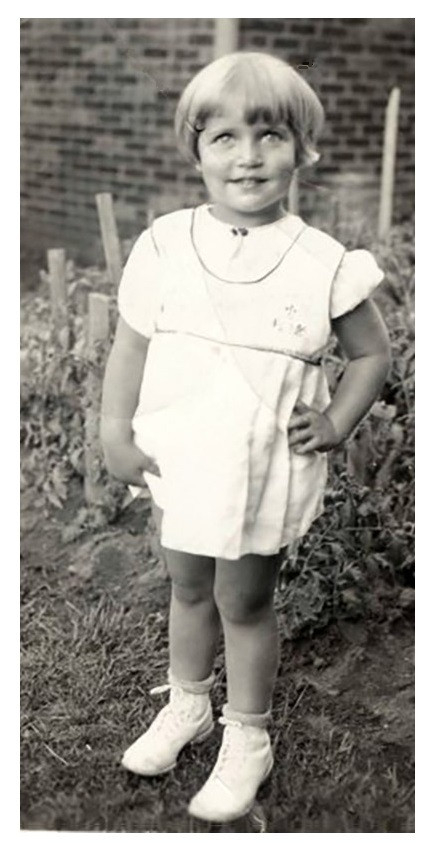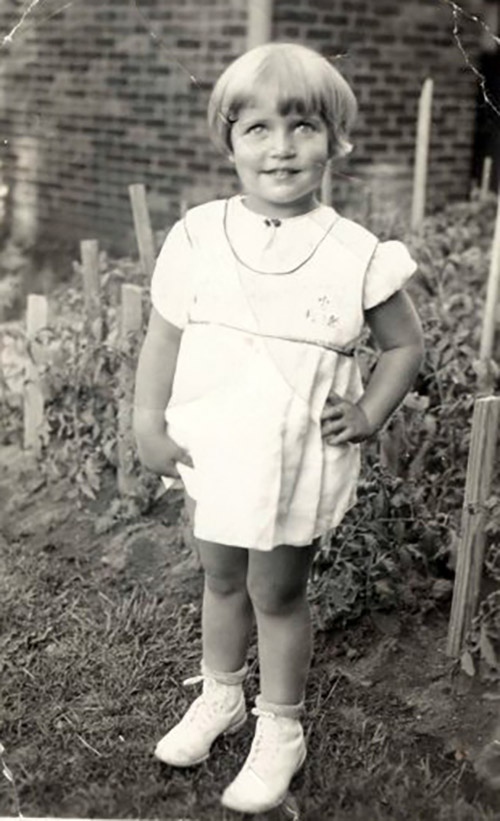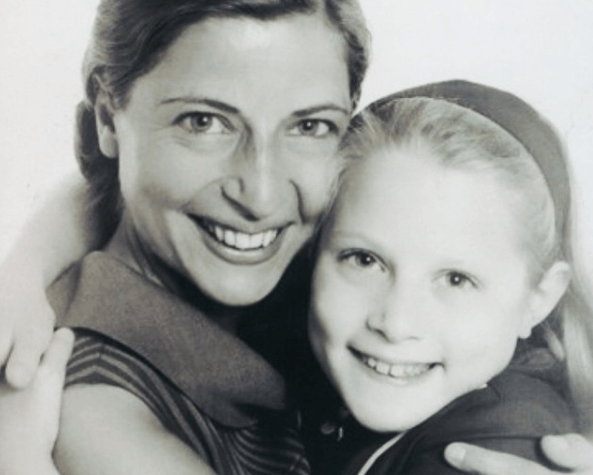The Guardian Obituary
Ruth Bader Ginsburg, who has died aged 87, was the second woman to sit on the supreme court of the United States. Nominated to the court by Bill Clinton in 1993, she had already established a reputation as a champion of gender equality and women’s rights as advocate, academic and appeals court judge. Throughout her long career, she was firm in her twin convictions: there is discrimination against women in the US (and elsewhere), and that discrimination violates the American constitution.
In her 27 years on the supreme court bench, she was a consistent moderate liberal. Her role as the senior liberal justice, after 2010, became increasingly important as the balance of opinion shifted in the court, and her scathing dissents on conservative majority decisions, particularly on women’s rights, made her a celebrated figure on the left.
In recent years Ginsburg was treated, as one New Yorker writer said, as “a pop culture feminist icon, a comic book superhero”. She was formidably clever, and had in her youth almost superhuman capacity for work. But what made her historically so important was her clear conviction of the injustice of unequal treatment of women, and her absolute certainty that it could be cleansed by applying the constitution.
Her emphasis changed over her long career. Early on, as a law professor at Rutgers, New Jersey and then Columbia, New York, and especially in her advocacy work for the American Civil Liberties Union in the 1970s, she seemed a committed feminist. As director of the ACLU’s Women’s Rights Project, she argued six gender discrimination cases before the supreme court, winning five, persuading the bench that gender discrimination was a violation of the constitution’s equal protection clause. She sometimes argued – as she did in Weinberger v Wiesenfeld (1975), representing a widower denied benefits after his wife died in childbirth – that women, as well as men, could be the unfair winners of an unjust system.
In the next 13 years of her career, from 1980, she was a judge of the US Court of Appeals for the District of Columbia Circuit, the nation’s second most powerful federal court. While she fought and won some notable fights for greater equality for women, there she acquired the reputation of a cautious or moderate judge. Indeed she was a close friend of such openly conservative judges as Antonin Scalia and Robert Bork.
In her third phase, as a member of the supreme court, hers was a steady voice for women’s rights in a world where she was eventually one of three women on the bench. She wrote the majority opinions in many important cases, including the 1996 ruling that the male-only admissions policy of the state-funded Virginia Military Institute was unconstitutional.
She believed the most important case to come before the supreme court during her time was the landmark 2015 ruling that legalised same-sex marriage across all states.
Ginsburg was a committed feminist but she was also a cautious reformer. In 1993 she astonished the legal world by giving a speech in which she expressed reservations about Roe v. Wade, the 1973 ruling that established the constitutional right to an abortion. But her criticism was that the ruling had been based on privacy rights rather than of equal protection. In her subsequent senate confirmation hearing she strongly endorsed abortion rights: “It is essential to women’s equality with man that she be the decisionmaker, that her choice be controlling. If you impose restraints you are disadvantaging her because of her sex.... abortion prohibition by the State controls women and denies them full autonomy and full equality with men”.
As she grew older, she acquired a reputation in Washington for being tough-minded, even a “character”, but she remained a brilliant lawyer. Ginsburg was also physically tough – other justices were often shocked to hear what she could achieve in their private gym at the court.
Born in Brooklyn, New York, she was the younger daughter of Jewish parents, Celia (nee Amster) and Nathan Bader, a furrier, and grew up in the Flatbush neighbourhood. She was originally called Joan, but her mother preferred her middle name, Ruth, as there were so many Joans at her high school, James Madison. Ruth was brought up in a Conservative Jewish tradition and learned Hebrew as a child, but abandoned her religion because she was not allowed to join a minyan (a group of men) to mourn her mother’s death when she was 17.
Her academic career was spectacular, and all the more remarkable because although she had great opportunities she also encountered prejudices. Perhaps most extraordinary was the question put to her by the liberal head of the Harvard Law School, Erwin Griswold, who asked her how she could justify “taking the place of a qualified male?”. Another well-known “liberal”, the supreme court justice Felix Frankfurter, refused to take Ginsburg as a clerk because she was a woman. In the #MeToo era, Ginsburg revealed that she had turned down a boost in chemistry marks as a student at Cornell University, Ithaca, New York, in exchange for sex.
She did her BA there, and met Martin Ginsburg, a fellow law student, whom she married a month after graduating in 1954. The marriage was a lasting success. Martin was a wise adviser, a passionate cook and a highly successful tax lawyer. Early in the marriage, when both were at Harvard Law School, he was diagnosed with cancer; she took notes for him, brought up their first child and held down a post on the Harvard Law Review: she frequently worked all night.
She transferred to Columbia Law School when Martin got a job in New York, and was first in her class. At Columbia, she taught herself Swedish in a little over a year to co-author a comparative study of Swedish and US law. For nine years from 1963 she was a professor at Rutgers in New Jersey, then from 1972 to 1980 she taught at Columbia – as the law school’s first female tenured professor – with a year’s fellowship at Stanford.
From 1972, too, she began a close relationship with the American Civil Liberties Union, and co-founded its Women’s Rights Project. Within two years she had taken part in more than 300 gender-related cases. Her secretary persuaded her to use the word “gender” rather than the word “sex” as she felt it was less confusing to middle-aged male judges.
Her husband played an important part in quiet lobbying for Clinton to nominate her for the supreme court. This was by no means a likely choice. Clinton was working with a list of more than 40 candidates, all men. Clinton was anxious to make the supreme court more diverse, so Ginsburg’s Jewish religion, which she had abandoned 46 years earlier, may have counted for more than a lifetime of commitment to women’s equality before the law. Still, once her name was in the ring, Clinton was enthusiastic.
Ginsburg’s output of work is the more astounding because twice in late middle age she was diagnosed with cancer, in 1979 of the colon and 10 years later of the pancreas, with two further occurrences of cancer in the past couple of years.
In 2018 a documentary film about her life, RBG, was a surprise box office hit and cemented her reputation as a “flaming feminist” and liberal hero; a biopic, On the Basis of Sex, followed. She broke three ribs in a fall in 2018 but was back at work within days. After gallbladder treatment in 2020, she continued to take part in supreme court arguments remotely from hospital, and remained vigilant to the end on issues of enduring importance to her: women’s preventive health, abortion, the death penalty and, in a presidential election year, voting rights.
Her husband died in 2010. She is survived by her children, Jane and James.

 Amanda S. Stevenson
Amanda S. Stevenson 
 Amanda S. Stevenson
Amanda S. Stevenson 
 Daniel Pinna
Daniel Pinna 
 Kathy Pinna
Kathy Pinna  AncientFaces
AncientFaces 
 Kathy Pinna
Kathy Pinna 